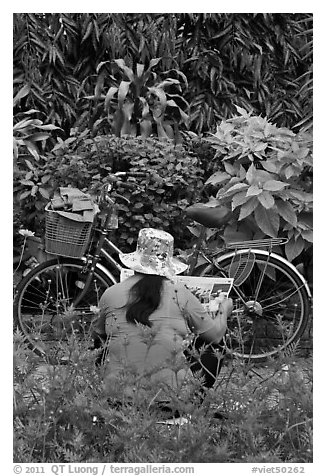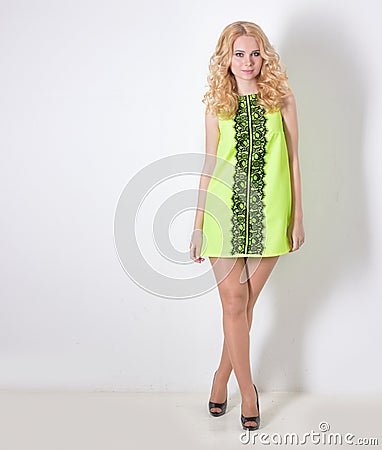Content
The artist thus sees himself as responsible to create an artifact that “serves well the purposes for which it was made or distributed,” and this is what defines it as possessing “artistic excellence” . One such purpose may indeed be contemplation for aesthetic delight, in his view, but there are also other legitimate purposes for art. This does not discount the importance of aesthetics in art, but rather relegates aesthetic delight as but one component in service to another purpose, as with hymns, where “art in the liturgy is at the service of the liturgy” . It is only with this perspective that the Christian artist can rightly participate in the modern institution of high art and perhaps even rise above it. Wolterstorff’s solution to this problem is to insist that human creativity does not imitate God’s act of creation, but rather reflects the human role of a responsible, creative members of the creation.

- Journals.sagepub.com needs to review the security of your connection before proceeding.
- Perhaps this is exactly why post-Enlightenment aesthetics replaced religion in the first place.
- If that’s so, then either art becomes irrelevant to culture or is free to be immoral.
- The writing is not necessarily lay, and he draws examples from several artworks that the average person will probably not be familiar with.
Instead of https://philtattooranch.com/page/8/ representing an escape from reality, art operates as a key to translate reality in a more meaningful way. Pinkcasaantiques is a long time on-line book selling company which has a large and varied selection of books. We ship daily except Sundays and federal holidays. We love books and enjoy passing them on to other book lovers. Will ship within 10 business days of receiving cleared payment. The seller has specified an extended handling time for this item.
After making a selection, click one of the export format buttons. The amount of items that will be exported is indicated in the bubble next to export format. Branding options may be limited or unavailable based on product design or cover artwork. “Art for art’s sake” Wolterstorff argues, is “disconnected from purpose” therefore it is an idolatrous end. Augustine and Tillich both speak of man’s tendency toward “ultimate concern”, there are some really good guidelines here for the Christian artist.
Lists With This Book
All in all, I believe Wolterstorff will be a great conversation partner for some of the secondary implications of my research in aesthetics, but unfortunately, I don’t think that the he will have much to contribute to the heart of my research concerns. Quite often, life presents itself in a murky gray of confusion. The daily approach to how a community functions provides confusion to active community participant.
The action of a human being behind the creativity produces art. To select a subset of the search results, click “Selective Export” button and make a selection of the items you want to export. The amount of items that can be exported at once is similarly restricted as the full export. By default, clicking on the export buttons will result in a download of the allowed maximum amount of items. The export option will allow you to export the current search results of the entered query to a file. To export the items, click on the button corresponding with the preferred download format.
Toward A Christian Marriage By H Stokes English Paperback Book
This strips art of what may be its most fundamental quality, thus unintentionally denigrating it as little more than life’s decoration; art has no unique purpose, it has no intrinsic worth, and instead its value is found only in its instrumental existence. The idea that art serves human acts does indeed seem to “feel” correct, but Wolterstorff never fully explains why this is so; why does man universally create art to accompany action? Even more specific to Wolterstorff’s underlying concern, why have Christians almost universally utilized art in worship? Perhaps it is exactly because of art’s potent ability to elicit a satisfaction that is not rooted at all in a utilitarian function, a delight that resembles and therefore heightens the act of worship itself. Perhaps this is exactly why post-Enlightenment aesthetics replaced religion in the first place.
Some Thoughts On Artists ‘ Models
His conviction that art should be multifunction is basic to the author’s views on art in the city , and leads him to a helpful discussion of its role in worship and the church. Wolterstorff is the Noah Porter Professor Emeritus of Philosophical Theology, and Fellow of Berkeley College at Yale University. A prolific writer with wide-ranging philosophical and theological interests, he has written books on metaphysics, aesthetics, political philosophy, epistemology and theology and philosophy of religion. Wolterstorff breaks down his argument into three basic parts.
Christ Our Companion: Toward A Theological Aesthetics Of Liberation By Roberto S
Nicholas Wolterstorff, the Noah Porter Emeritus Professor of Philosophical Theology at Yale University, confronts the common trends in aesthetics in 1980 with his engaging Art in Action. This work is a simplification of his more academic treatise, Works and Worlds of Art. Even so, the ideas about art Wolterstorff tackles require a modicum of familiarity with terminology and discourse on the subject in providing a Christian alternative to modernist aesthetics. The central and most striking claim of the Christian faith is that God’s own eternal Word or Son became flesh and dwelled among us, playing out his distinctive part on the stage of human history. He does an excellent job of talking about our Western views of art and how it affects the way we interact with art and artists.
He begins the process through an exploration of the overall function of art. Finally, he journeys toward a Christian approach to aesthetic contemplation. This is the best book on theology and the arts I have read so far.
A must read for anyone interested in that topic – or in the “purpose” of art in general. This book has immensely challenged me and my fundamental assumptions about art. The writing is not necessarily lay, and he draws examples from several artworks that the average person will probably not be familiar with. But for those who are familiar with the “high arts,” this is a must-read.


